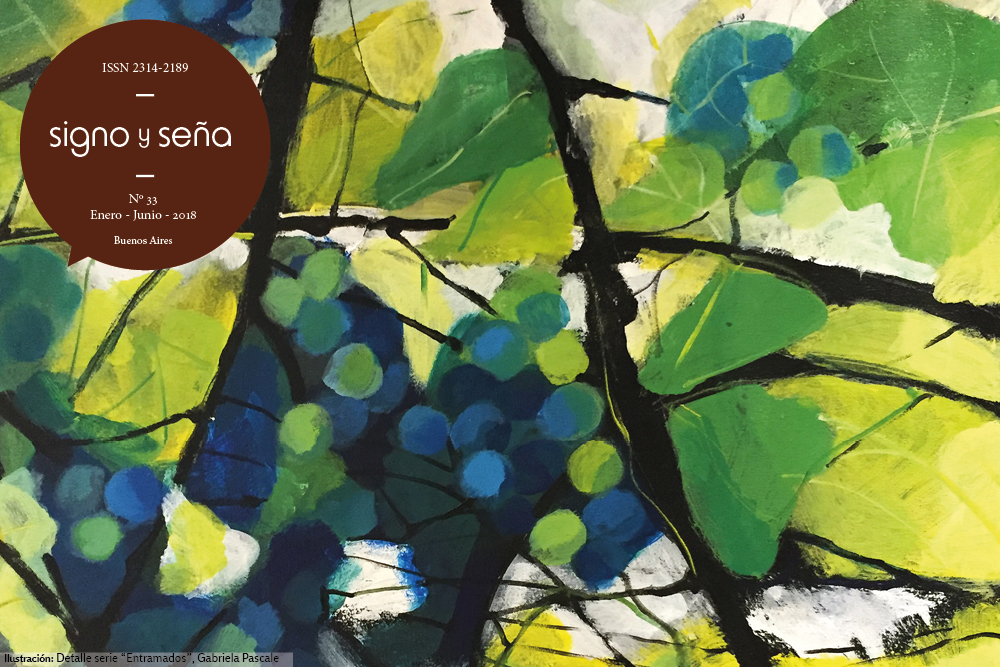Acoustic characteristics of stressed and unstressed River Plate Spanish vowels: effects of speech style and consonantal context
Keywords:
vowels, River Plate Spanish, lexical stress, speech style, consonantal context
Abstract
Produced vowels in a style focused on speech (isolated words reading) exhibit more peripheral formants and more spectral change than conversational vowels (text reading). This study explored the interaction between lexical stress and speech style by comparing the production of stressed and unstressed /a e o/ River Plate Spanish vowels produced by word reading versus the text reading in three different consonantal contexts. Formant frequency in the stable point of the vowel (50%) and spectral change were examined. Results revealed that speech style mainly affected the F2 of stressed and unstressed vowels /e/ and /o/. In the word reading, /e/ was more anterior and /o/ more posterior. Nevertheless, this modification in the F2 due to speech style was not observed in all the consonantal contexts. Regarding F1, only stressed /a/ increased its F1 in word reading in relation to conversational speech, independent of the phonetic context. Concerning the effect of the lexical stress, stressed /a/ and /o/ were produced with a higher F1 than the unstressed counterparts, while stressed /e/ showed a higher F2 than unstressed /e/. As for the spectral change, vowels /a/ and /o/ evinced a higher spectral variation in the word reading than in text reading, unlike /e/ that showed an opposite pattern. Only the unstressed /a/ in bilabial context had a greater spectral change than the stressed /a/.Downloads
Download data is not yet available.
How to Cite
Romanelli, S., & Menegotto, A. C. (1). Acoustic characteristics of stressed and unstressed River Plate Spanish vowels: effects of speech style and consonantal context. Signo & Seña, (33), 157-179. https://doi.org/10.34096/sys.n33.5263
Issue
Section
Articles
- Authors keep the copyright and give the journal the right of the first publication, with the work registered with the Creative Commons Attribution-ShareAlike 4.0 International License, which allows third parties to use what is published whenever they mention the authorship of the work and the first publication in this magazine.
- Authors can make other independent and additional contractual agreements for the non-exclusive distribution of the article published in this journal (eg, include it in an institutional repository or publish it in a book) as long as they clearly indicate that the work It was published for the first time in this magazine.
- Authors are allowed and recommended to publish their work on the Internet (for example on institutional or personal pages).

















